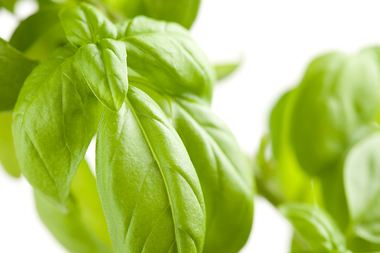7 RI Tips – Indoor Garden
When winter approaches, your outdoor plants begin to die off for the year, which means it’s time to focus on your indoor garden. Even if you live in a warm climate, you may want an indoor garden as well. Here’s why: An indoor garden is a great addition to any home because it keeps the critters outdoors and away from your plants. You also get to enjoy eating fresh, homegrown vegetables even when they’re out of season. Growing vegetables indoors isn’t all that different from doing it outdoors. 
All you need are these seven steps while giving your plants daily attention to ensure good health and growth.
Step 1:
Set up a series of containers and flowerpots on a flat surface such as a table or an area of floor that isn’t occupied. Make sure to choose an area of your home where pets or children won’t disturb your growing plants.
Step 2:
You will need to mount a grow light, such as a fluorescent rack or clamping lamp so that it hangs directly above the plants. Make sure you are using grow light bulbs in order to give your plants the optimum amount of light.
Step 3:
Fill each pot with plant seeds, soil or seedlings according to the packaging instructions. The best types of vegetables to grow indoors are cucumbers, onions, radishes, carrots, lettuce, tomatoes and peppers.
Step 4:
Make sure to keep your soil moist to help your seeds and seedlings begin to grow and become established. Check on your plants daily to ensure they’re getting an adequate amount of water.
Step 5:
Check your plants for bugs and pests on a daily basis. The sooner you find a pest or bug, the easier and sooner you can identify it and treat it with the proper natural remedy or pesticide. If you wait too long to find a pest, it could mean the end of your plants!
Step 6:
Be sure to fertilize your plants based on the preferences of the type of plants and vegetables you are growing. Some will need to be fertilized only once (when they’re replanted), and others will perform better if they’re fertilized again before they bloom or after blooming.
Step 7:
Keep the heat from building up below your grow lights by running an oscillating fan. The fan will encourage strong and straight growth in your plants’ main stems.
Important Tip: If your plants are too close to the light bulbs, the leaves can burn. Be sure that you keep a fair amount of space (about 6-8 inches) between the top of your plants and the bottom of the lights to ensure that your plants are receiving the right amount of light to grow successfully.
Don’t assume that just because it’s winter you can’t have a vibrant garden. What are your tips for growing vegetables? We’d love to hear from you!